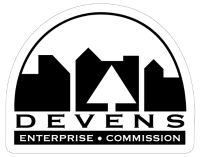
Devens Nature-based Solutions (NbS)
A virtual tour of innovative Low-Impact Development (LID) Techniques Integrating the natural and built environment.
Nature-based Solutions (NbS) work with nature to address social, economic, and environmental challenges. Devens integrates NbS into all development projects through a combination of education, incentives, and regulations. This virtual tour takes look at NbS in Devens and provides resources to assist you in bringing them to your own communities.
Enjoy!
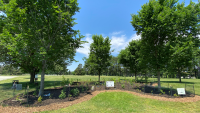
1. Verbeck Field (Ayer-Devens Pocket Forest Project)
1. Verbeck Field (Ayer-Devens Pocket Forest Project). Click to expand.
Pocket Forests - compact urban forests offering big forest ecosystem services and access to forests
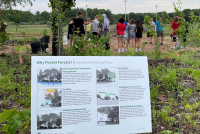
2. Ayer Shirley Regional Middle School (Ayer-Devens Pocket Forest Project)
2. Ayer Shirley Regional Middle School (Ayer-Devens Pocket Forest Project). Click to expand.
Pocket Forests - compact urban forests offering big forest ecosystem services and access to forests
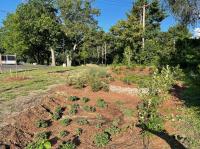
3. Commercial Low-Impact Development Site - Clear Path for Veterans
3. Commercial Low-Impact Development Site - Clear Path for Veterans. Click to expand.
Biofiltration in a Small Commercial Setting - attractive and functional raingardens and landscaping

4. Residential Low Impact Development Site - Emerson Green (Chance Street)
4. Residential Low Impact Development Site - Emerson Green (Chance Street). Click to expand.
Regulating NBS: Subdivisions (974 CMR 2.07)

5. Residential Low Impact Development Site - Emerson Green (Grant Road)
5. Residential Low Impact Development Site - Emerson Green (Grant Road). Click to expand.
Housing with Cluster Development, energy efficient homes, and pavement reduction
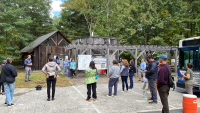
6. Sustainable Redevelopment and Educational Signage (Bill Ashe Visitor Center / USFWS)
6. Sustainable Redevelopment and Educational Signage (Bill Ashe Visitor Center / USFWS). Click to expand.
Low Impact Development with porous concrete and pavers, reused building materials
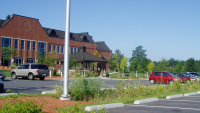
7. Low Impact Development at (One Jackson Place)
7. Low Impact Development at (One Jackson Place). Click to expand.
Biofiltration, Porous Pavement and Low Impact Development at Large Commercial Properties
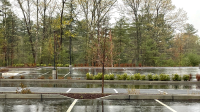
8. Low Impact Development (King Street Properties)
8. Low Impact Development (King Street Properties). Click to expand.
Biofiltration, Porous Pavement and Low Impact Development at Large Commercial Properties
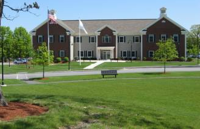
9. Rainwater Harvesting - Devens Common
9. Rainwater Harvesting - Devens Common. Click to expand.
Rainwater Harvesting - common green has roof runoff

10. Rainwater Harvesting - Little Leaf Farms
10. Rainwater Harvesting - Little Leaf Farms. Click to expand.
Rainwater Harvesting - runoff from greenhouses captured for reuse
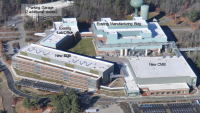
11. LID and Green Roof - Bristol Myers Squibb
11. LID and Green Roof - Bristol Myers Squibb. Click to expand.
Green Roof and green wall on large pharmaceutical development.
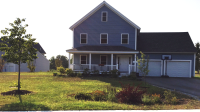
12. LID at Devens Green Housing
12. LID at Devens Green Housing. Click to expand.
Net Zero Housing with Cluster and Low Impact Development.
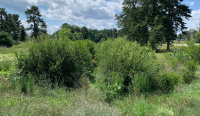
13. Willow Brook- Stream Restoration Project
13. Willow Brook- Stream Restoration Project. Click to expand.
Stream Daylighting - culvert removed and stream restored to pre-Army base condition with native bank plantings.

14. Pollinator Meadows at MacPherson Road
14. Pollinator Meadows at MacPherson Road . Click to expand.

15. Pollinator Meadows (Bill Ashe Visitor Center)
15. Pollinator Meadows (Bill Ashe Visitor Center). Click to expand.
We hope you enjoyed this virtual tour of Nature-based Solutions in Devens.
For more information, feel free to contact neilangus@devensec.com or bethsuedmeyer@devensec.com
This project was funded through support from MassECAN’s Climate Ambassador Award Program
This Story Map was developed by the Devens Enterprise Commission in partnership with BSC Group, January 2025